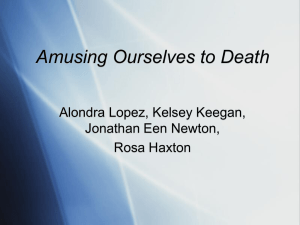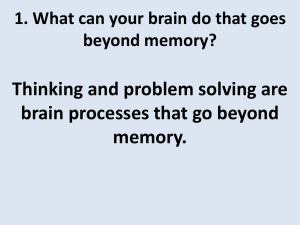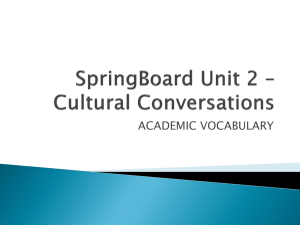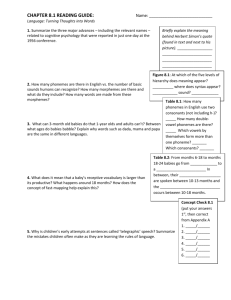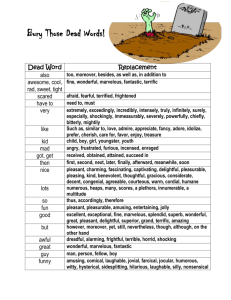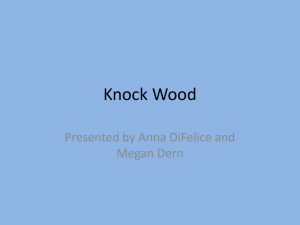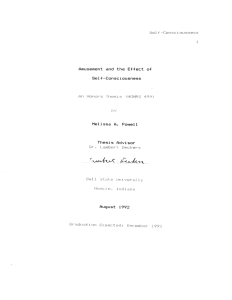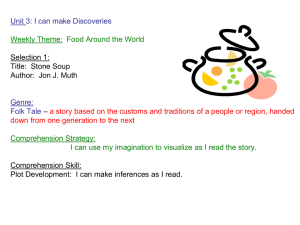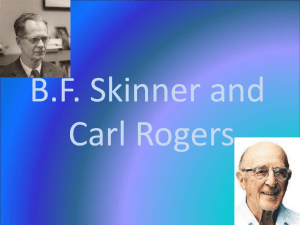MW 418 11th mar 04
advertisement
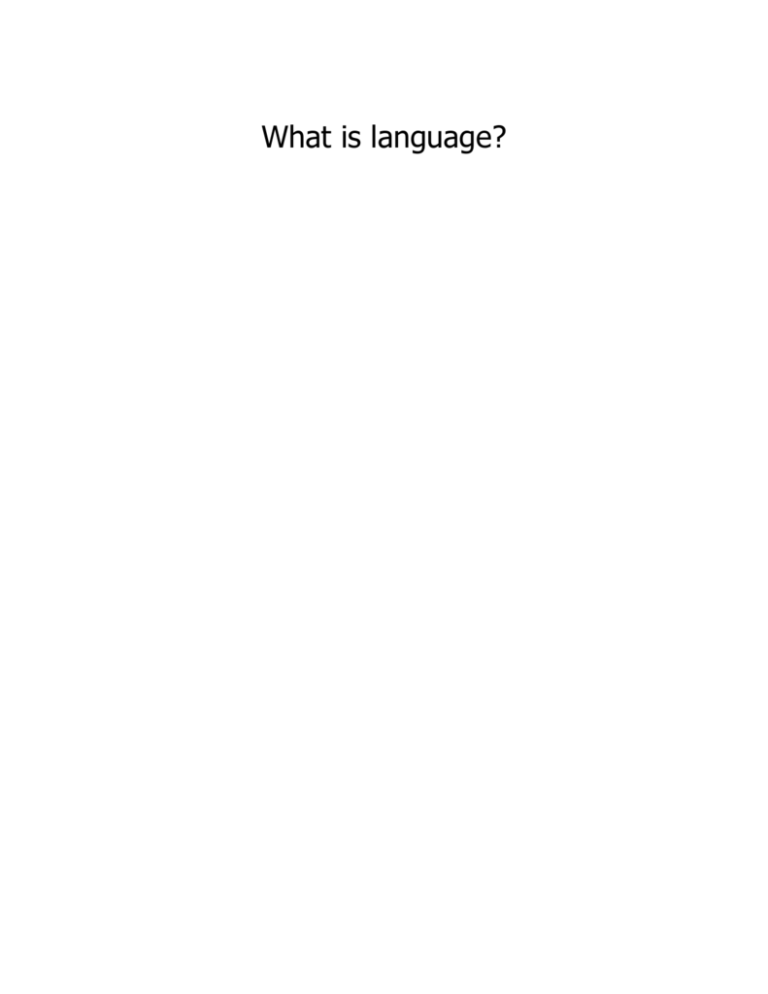
What is language? 'Grammar' means more than the school-type definition: 'The internal representation of language within a person's head' (Aitchison, 1992, p.4) AND our model, or guess, as to what that representation is like PHONOLOGY Sound patterns Grammar SYNTAX Word patterns SEMANTICS Meaning patterns Nature or Nurture? Skinner (1957) vs Chomsky (1959) Skinner: Language is a set of habits built up gradually over a number of years. Rats & Pigeons learn complex tasks through reinforcement Language is the same. Chomsky: Two major criticisms (1) Rats & pigeons have nothing to do with human language What are the controlling variables? What about situations where there is no overt reinforcement? Brown et al (1968) - children reinforced for truth, not grammar (2) Claim that Skinner fundamentally misunderstands the nature of language Language is blimmin' complicated Example: "The alligator has escaped" can become the question "Has the alligator escaped?" What is the rule? "Petronella has hurt herself" "The man who has run away shouting was attacked by a wasp" "Slugs are slimy" "Petronella has swallowed a safety pin" Maybe we allocate different parts of a sentence into 'slots'? Bees love honey I want my tea My brother has hit me (subject - verb - object) This seems sensible in some examples, but there are problems what if we want to substitute words in (for example) the verb slot? Performing fleas can be amusing Playing Tiddlywinks can be amusing Performing fleas Performing fleas Playing Tiddlywinks Playing Tiddlywinks are amusing is amusing are amusing is amusing According to Chomsky, these cannot be explained in a 'barpressing' theory. One possibility may be that language use involves two levels: A surface level - words are in the place that they actually occur A deep level - words are located in their 'proper' slot For example, I put what in petronella's soup I put a snail in Petronella's soup The something in the soup always goes after 'put' in the deep structure. LANGUAGE HAS A STRUCTURE Do things other than humans 'have' language? "verbal behaviour differs in complexity but not in kind from learned behaviour in animals" (Fodor et al, 1974) A taxonomy for defining language: American Linguist Charles Hockett (1916-) Auditory-vocal channel Arbitrariness Semanticity Cultural transmission (tradition) Spontaneous usage Turn-taking Duality (double-articulation) Displacement Structure-dependence Creativity Bee dance Stickle -back courting Western Meadow Lark Gibbon calls Human language Human music AC-channel X X A only Arbitrary X if semantic ? Semantic X Partly? Cult Trans X? X? ? ? Duality X ? X Displace Limited ? X Creative ? X X From: Hockett, 1960, pp. 10-11 X generally
